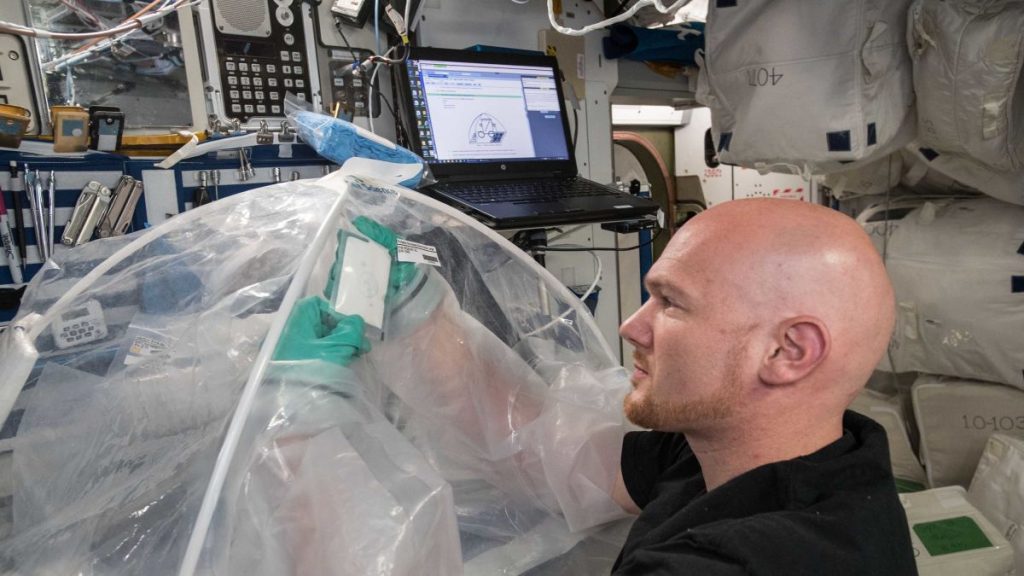Washington: Astronauts onboard the International Space Station (ISS) have for the first time mixed cement in microgravity, an advance that may help protect humans in space from radiation and extreme temperatures in the future, NASA said.
The researchers examined cement solidification to understand how the chemistry and microscopic structures involved in the process changed under microgravity.
In the experiment which NASA called Microgravity Investigation of Cement Solidification (MICS) project, researchers mixed tricalcium silicate (C3S) — popular ingredient of cement — and water outside of Earth’s gravity for the first time.
In the MICS project, astronauts aboard the ISS explored whether solidifying cement in microgravity created novel microstructures, NASA said in a statement.
Their study provided the first ever comparison of cement samples in microgravity with those made on Earth.
The US space agency noted that when humans go to the Moon or Mars to stay, they would need to construct safe places in which to live and work, and that the most widely used building material on the Earth, was concrete.
Concrete, NASA said, was strong and durable enough to provide protection from cosmic radiation, and that we may make it using materials available on the heavenly bodies we may colonise.
While, concrete is a commonly used mixture of sand, gravel, and rocks held in place by water and cement powder, the process of making it is quite complex, and scientists still have questions about the chemistry and microscopic structures involved in the process, according to the US space agency.
The researchers created multiple mixtures differing in the type of cement powder, number and type of additives, water quantity, and hydration time.
As the grains of cement powder dissolve in water, their molecular structure changes with crystals forming and interlocking with each another throughout the mixture, NASA said.
The ISS samples showed notable changes in the cement microstructure compared to those processed on Earth, with the primary difference being increased porosity.
“Increased porosity has direct bearing on the strength of the material, but we have yet to measure the strength of the space-formed material,” said principal investigator Aleksandra Radlinska of Pennsylvania State University.
The results of the experiment were published in the journal Frontiers in Materials.
“Showing that concrete can harden and develop in space represents an important step toward that first structure built on the Moon using materials from the Moon. We confirmed the hypothesis that this can be done,” said Radlinska.
“Now we can take next steps to find binders that are specific for space and for variable levels of gravity,” she said.
The need for learning to use concrete, Radlinska said, is to apply it for protection from extreme temperatures and radiation while on missions to the Moon and Mars.
She added that the only way to do that was by building infrastructures on these extraterrestrial environments.
“One idea is building with a concrete-like material in space. Concrete is very sturdy and provides better protection than many materials,” Radlinska said.
NASA noted that space explorers could theoretically make concrete with resources available on extraterrestrial bodies, such as Moon dust, eliminating the need to transport construction materials to the Moon or Mars.
“Even though concrete has been used for so long on Earth, we still don’t necessarily understand all the aspects of the hydration process. Now we know there are some differences between Earth- and space-based systems and we can examine those differences to see which ones are beneficial and which ones are detrimental to using this material in space,” said Radlinska.
“Also, the samples were in sealed pouches, so another question is whether they would have additional complexities in an open space environment,” she added.
PTI
